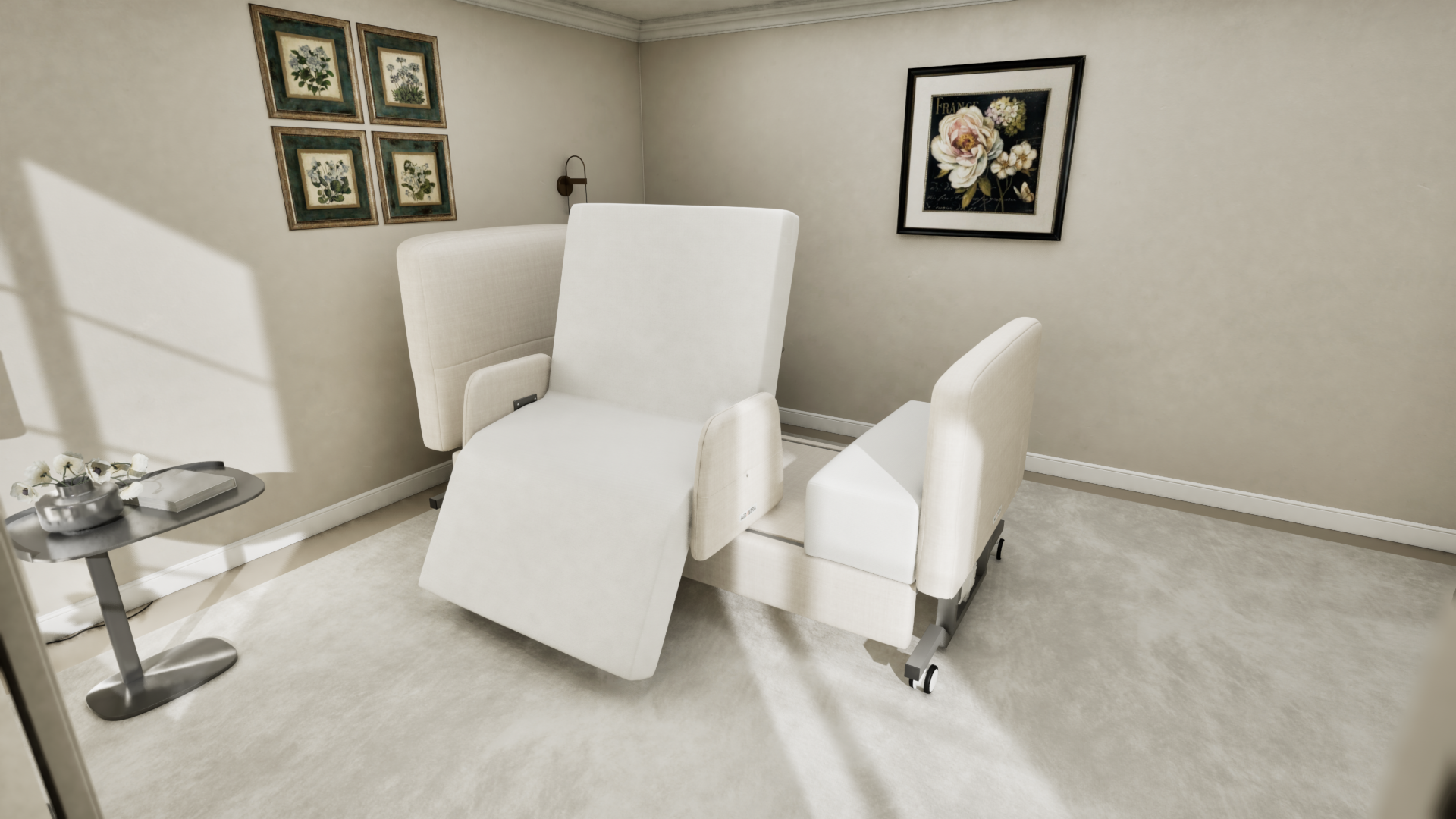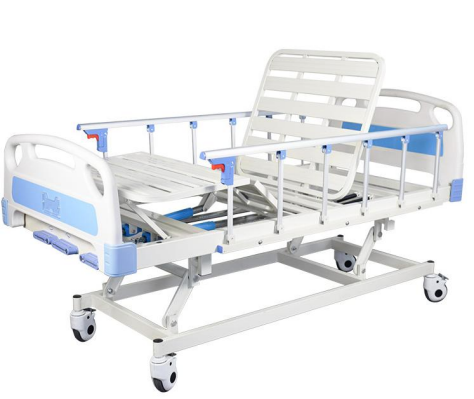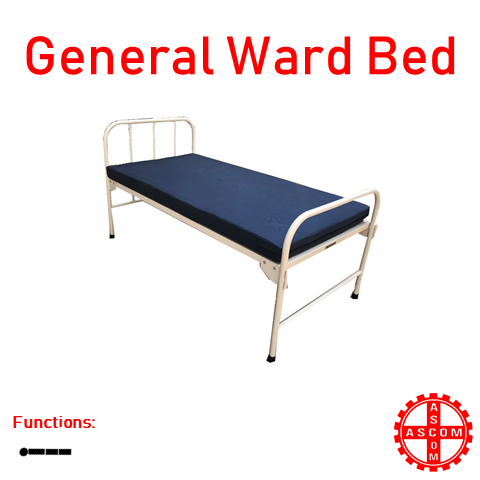A Biased View of Hospital Beds For Home Use
A Biased View of Hospital Beds For Home Use
Blog Article
Some Of Hospital Beds For Home Use
Table of ContentsThe Main Principles Of Hospital Beds For Home Use Hospital Beds For Home Use for BeginnersHospital Beds For Home Use Things To Know Before You BuyHospital Beds For Home Use - An OverviewThe 5-Minute Rule for Hospital Beds For Home UseThe Hospital Beds For Home Use StatementsHospital Beds For Home Use Can Be Fun For Everyone
There are three major sorts of healthcare facility beds: handbook, semi-electric, and fully-electric. Nevertheless, more sorts of medical beds exist and they are listed here. These beds utilize hand cranks to readjust the bed's elevation and raise and lower the head and the foot. Hand cranks are normally located at the foot of the bed and call for an individual that is literally with the ability of operating.
Semi-electric beds have an electrical motor to raise and reduce the head and foot sections of the bed (hospital beds for home use). Full-electric beds have an electric motor that can raise the head and foot sections of the bed as well as the entire height and positioning of the bed.
All about Hospital Beds For Home Use
There are numerous kinds of hospital beds, each made to fulfill particular person needs. Right here are some typical types: This is the most typical kind of medical facility bed, developed for general medical usage.
Lower to the ground than a standard bed. This kind of bed is created for larger patients, with a larger structure and higher weight ability than a common bed. This kind of bed is developed specifically for youngsters, with smaller sized sizes than a basic bed. Special features such as full size side rails and animation design.
This sort of bed is developed for seriously unwell people that need open tracking and specialized clinical equipment such as ventilators and infusion pumps. This type of bed is created for usage during labor and distribution, with adjustable positions and attributes to sustain the mother and baby during the birth procedure.
The 7-Minute Rule for Hospital Beds For Home Use
Numerous feature and the devices carry out broadening grip to various parts of the vertebra and the extremities without relocating the body. These are just a couple of examples of the types of medical facility beds offered. The specific sort of bed utilized will certainly depend on the individual's condition, clinical requirements, and other elements.
Right here is the important things you need to understand. A one-function medical facility bed is a clinical bed that permits a person to move just the head or foot section up or down. A 2 feature health center bed generally describes a kind of medical bed that has 2 flexible functions to assist people in medical facilities or treatment facilities.

Hospital Beds For Home Use for Dummies
A 7-function ICU bed is a sort of medical bed that provides numerous adjustable functions to support seriously ill clients in an intensive care device (ICU) (hospital beds for home use). The seven functions commonly consist of: Backrest adjustment: The back-rest can be adapted to numerous angles to aid the patient rest up or rest pleasantly
Elevation change: The bed can be elevated or lowered to make it less complicated for patients to enter and out of bed, and for caregivers to provide care. Trendelenburg setting: The entire bed can be slanted to advertise blood circulation and flow in the body. Reverse Trendelenburg setting: The bed can also be tilted in the opposite direction to advertise blood circulation and blood circulation in the upper body.
While more affordable than electric models, these beds require exertion for changes. The main advantages of hands-on beds are their cost and dependability, as they do not rely upon electrical power. The demand for hands-on effort can be a constraint in circumstances where fast modifications are necessary or where caregivers encounter physical challenges.
Rumored Buzz on Hospital Beds For Home Use
Semi-electric healthcare facility beds use an equilibrium of manual and electric controls. These beds offer an ideal middle ground in between manual and totally electric choices, offering convenience of usage without the full price of electrical designs.
Semi-electric beds are fit for patients that need modest modifications to the head and foot areas but can take care of without frequent elevation changes. This makes them an affordable option for those looking for comfort and comfort without the need for continuous repositioning. Completely electrical healthcare facility beds include electrical controls for seamless modifications to the height, head, and foot areas.
Specialty health center beds, such as ICU beds, long-lasting care beds, and bariatric beds, are carefully created to attend to specific clinical needs. These beds provide tailored look after varied individual teams, improving both results and comfort. In the adhering to sections, we will explore the primary kinds of specialized healthcare facility beds, detailing their certain advantages and applications.
With years of experience in making electric straight actuators - hospital beds for home use and close cooperation with the healthcare industry, TiMOTION is well-positioned to supply trustworthy health care remedies. Our up read the full info here and down incorporated company takes care of every action of the production procedure, from style to actuator assembly, guaranteeing we deliver phenomenal great site worth and customized services customized to your specific requirements
10 Simple Techniques For Hospital Beds For Home Use

For more information regarding incorporating these innovations into your products, call us today. More analysis:.
Information is sourced from the Medicare Expense Report.

Our Hospital Beds For Home Use Diaries
A medical facility bed is a bed developed specifically for medical objectives. It is not only my sources an area for individuals to rest, but also a platform for medical procedures. Unlike normal home beds, medical facility beds usually have adjustable attributes, which can assist in clinical personnel to make various adjustments according to the needs of people, such as transforming the height, inclination, and assistance angle of the back and legs of the bed.
Report this page